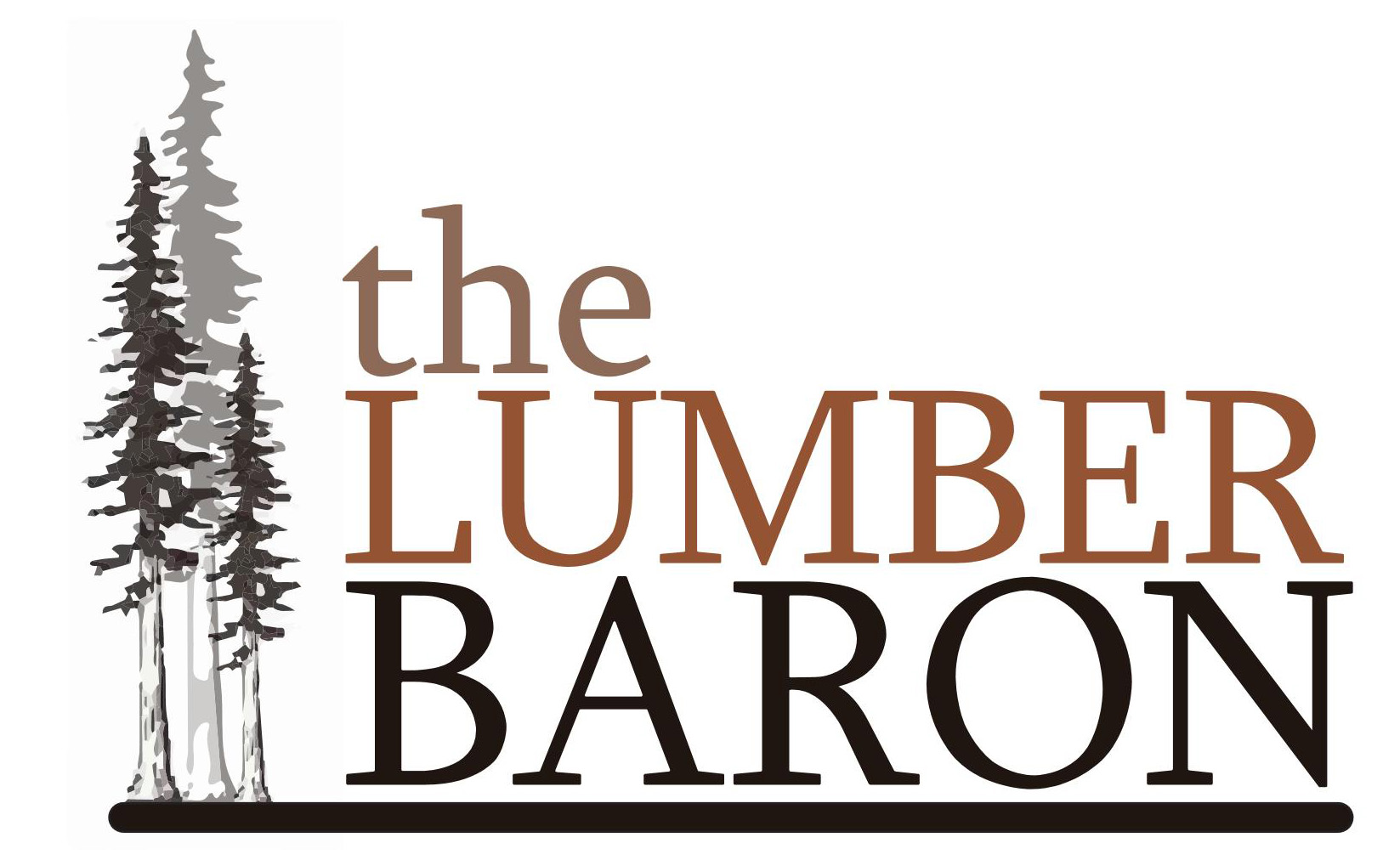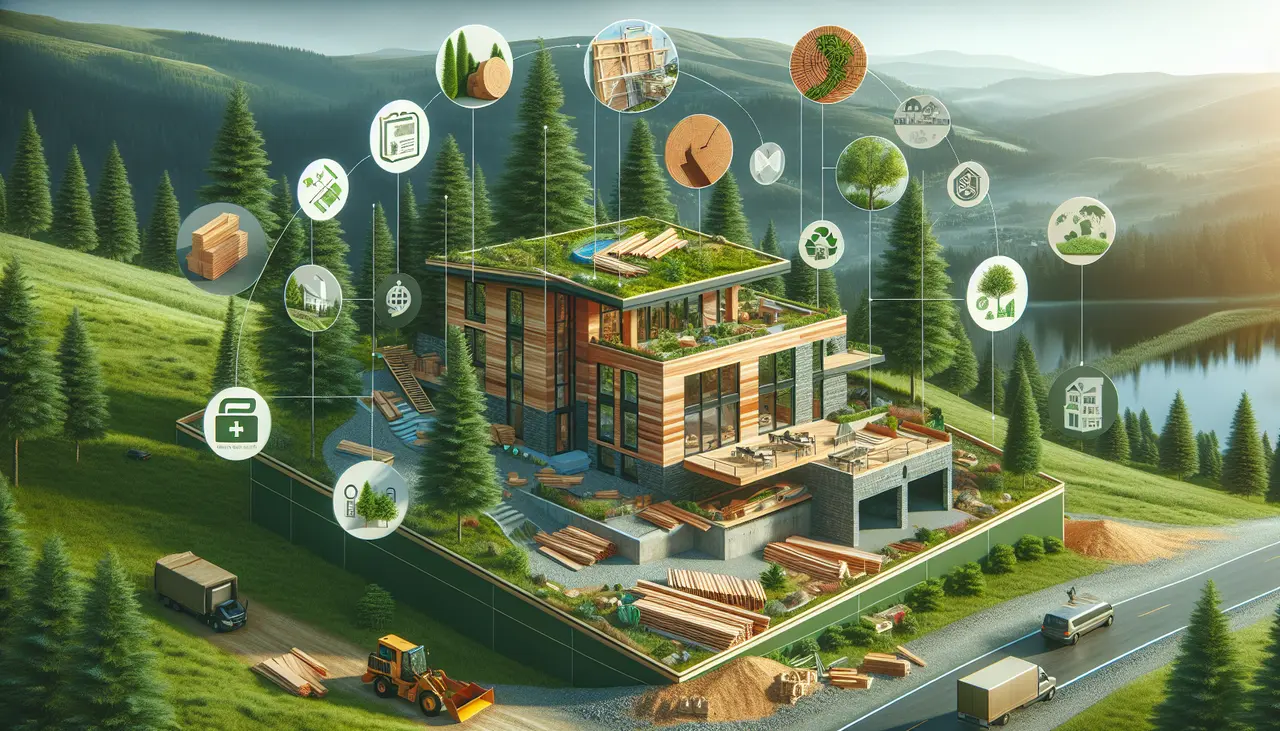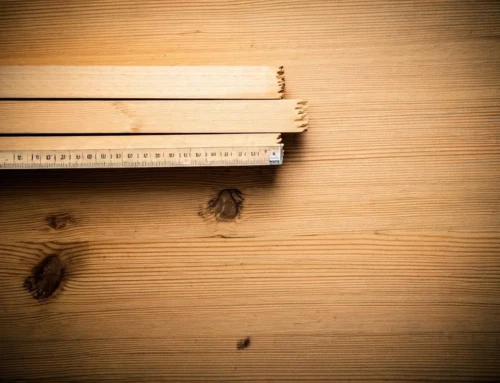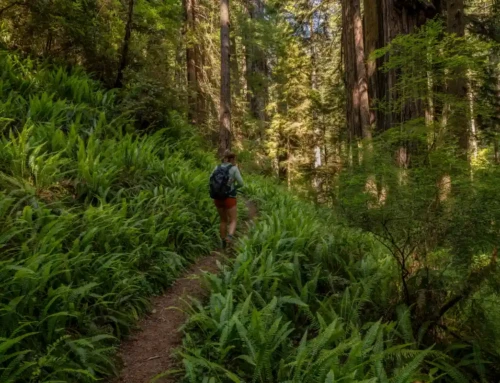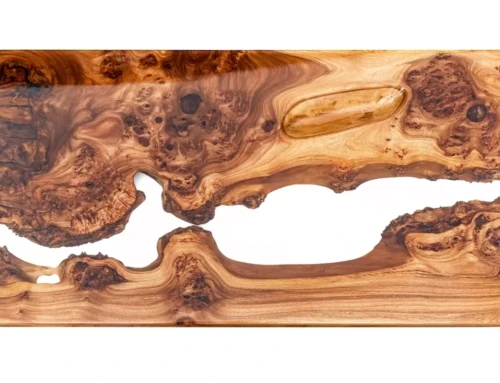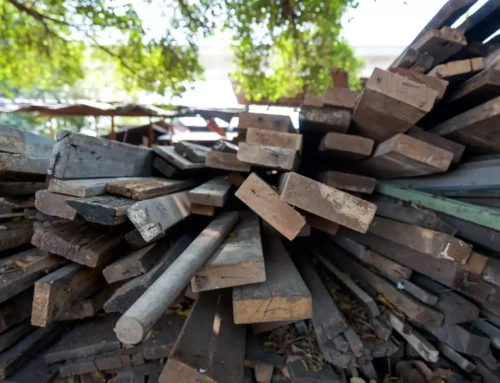Introduction to Cedar Siding and Eco-Friendly Building
Cedar siding isn’t just another option for your home’s exterior—it stands out for its deep connection with eco-friendly building practices. Why? Well, cedar wood comes from trees that grow quickly, making them a sustainable choice right off the bat. Plus, cedar’s natural resistance to rot, decay, and insects means you won’t be reaching for harmful chemical treatments. That’s a huge win for the environment. Cedar lumber also has superb insulation properties, keeping homes warmer in winter and cooler in summer, which can reduce energy use. And let’s not forget, at the end of its long life, cedar is completely biodegradable. This means it won’t be sitting in a landfill for centuries. Choosing cedar is a powerful step towards building in harmony with the planet. It looks great, lasts for ages, and is kind to mother earth. What’s not to love?
What is Cedar Siding?
Cedar siding is a popular choice for homeowners who want a natural, durable, and beautiful exterior for their homes. Made from cedar wood, this type of siding brings a unique look to buildings, setting them apart with its warm, inviting appearance. Beyond its aesthetics, cedar lumber is known for its resistance to decay, moisture, and insect damage, making it a long-lasting option for any home. It’s a renewable resource, which appeals to eco-friendly building practices. Cedar wood has natural oils that protect it from rot and pests without needing much in the way of chemical treatments. This means less maintenance and fewer chemicals in your home environment. Plus, cedar lumber provides excellent insulation, keeping your home warmer in the winter and cooler in the summer, which can save on energy costs. In short, cedar is more than just good-looking; it’s a smart, sustainable choice for those looking to blend beauty, durability, and eco-conscious living.
The Environmental Benefits of Choosing Cedar Lumber
Cedar siding isn’t just about looks; it’s a green choice for your home. Here’s why choosing cedar lumber is a win for the environment. Firstly, cedar wood is naturally sustainable. It grows quickly, which means it can be replaced faster than other types of wood. This makes cedar a renewable resource. Plus, when cedar trees are cut down, new ones are planted to keep the forest healthy and ongoing. Secondly, cedar is biodegradable. If it’s ever removed, cedar wood breaks down naturally, returning to the earth without leaving harmful chemicals behind. This is a big plus compared to synthetic siding options that can sit in landfills for centuries. Lastly, cedar lumber is energy efficient. It has natural insulation properties, keeping your home warmer in the winter and cooler in the summer. This means you’ll use less energy for heating and cooling, reducing your carbon footprint. All these factors make cedar siding a top choice for those looking to build or renovate with the environment in mind.
Cedar Siding and Energy Efficiency
Cedar siding isn’t just good looks; it’s a powerhouse when it comes to energy efficiency. This natural wood insulates your home better than many synthetic options, cutting down on heating and cooling costs. Cedar’s tight grain and natural oils resist decay and moisture, keeping it robust against the elements. When cedar siding is properly installed and maintained, it forms an effective barrier against extreme temperatures. This means your HVAC system doesn’t have to work as hard, leading to lower energy bills. Plus, cedar is a renewable resource. Grown in sustainable forests, it’s a choice you can feel good about from an environmental standpoint. In short, choosing cedar siding means you’re not just making your home look great; you’re making it more energy-efficient and eco-friendly.
Durability of Cedar Siding: A Sustainable Choice
Cedar siding doesn’t just look good; it lasts long too. When you pick cedar for your home, you’re choosing a material that can easily stand up against the test of time. It’s naturally resistant to rot, decay, and insect attacks, which means less worry for you and less upkeep required. Typically, you can expect your cedar siding to last about 15 to 30 years. But, with proper care and regular maintenance, it might even stick around for up to 40 years or more. That’s a solid investment. Think about it, cedar’s durability means it doesn’t need to be replaced as often as other materials. This cuts down on waste and makes cedar a sustainable choice for your home. Plus, cedar’s natural beauty ages well, gaining character over time. So, not only does it keep your home protected, it keeps it looking sharp too.
The Aesthetic Appeal of Cedar in Eco-Friendly Construction
Cedar siding brings more than just eco-friendliness to the table. It’s the charm and warmth it adds to a home’s exterior that sets it apart. Imagine the rich textures and the natural tones varying from ambers to deep browns, each piece unique, giving your home a distinctive look. This aesthetic appeal is unmatched, making cedar lumber a favorite among eco-conscious builders and homeowners alike. Plus, it naturally blends with outdoor surroundings, creating a seamless transition from nature to your living space. The visual appeal of cedar wood does not fade over time either; instead, it gracefully ages, enhancing its beauty and character year after year. With cedar lumber, you’re not just choosing a sustainable option but also giving your home an elegant, timeless look that stands out.
How Cedar Lumber Promotes Healthy Living Environments
Cedar siding isn’t just good-looking; it’s a champ at promoting healthier living spaces. Here’s how: Cedar wood is natural, pulling off a trick that synthetic materials can’t—it breathes. This means cedar can help regulate humidity levels inside your home, cutting down on moisture buildup. And why care about moisture? Well, less moisture means a lower chance for mold and mildew to grow, and that’s a big win for your health. Plus, cedar siding is a superstar at insulating. It keeps your home warmer in winter and cooler in summer, making your living space more comfortable and saving energy. That’s less strain on your heating and cooling system and more money in your pocket. Another point for Team Cedar is its low toxicity. When opting for cedar lumber, you’re dodging the bullet of harmful chemicals often found in synthetic sidings. Better air quality in your house, fewer health risks—it’s a no-brainer. In a nutshell, by choosing cedar siding, you’re not only making an eco-friendly choice but also investing in the well-being of your home and your health.
Comparing Cedar Siding to Other Siding Materials
When it comes to eco-friendly building, cedar siding stands out. But how does it stack up against other siding materials? Let’s break it down. Cedar siding is top-notch for its natural insulation properties, making your home cooler in the summer and warmer in the winter. This means you’ll save on energy bills. It’s also super durable and can last decades with proper maintenance. Plus, cedar is biodegradable, making it a green choice for the planet.
Now, if we look at vinyl siding, sure, it’s low maintenance and cheaper upfront. But it’s made from plastic, which doesn’t decompose, making it less eco-friendly. Then there’s brick and stone, which are durable and offer great insulation but require significant energy to produce, not to mention they’re pricier to install.
Aluminum siding? It’s recyclable, which is a plus. However, it doesn’t insulate as well as cedar, and it can dent easily. Lastly, fiber cement siding mimics the look of wood and is durable, but it’s not as energy-efficient as cedar and involves a more complex manufacturing process that’s harder on the environment.
So when you weigh the options, cedar siding not only gives your home a natural, rustic charm but also checks all the boxes for sustainability, energy efficiency, and durability. It’s a clear win for those looking to build green.
Maintenance and Care for Cedar
Cedar siding needs some TLC to keep its look and eco-friendly badge shining. First off, you want to wash it every year. Use a soft brush and a mild detergent; think of it as giving your house a gentle bath. Staining or sealing is next. Do this every three to five years to protect the wood from the weather and to keep that natural beauty in tip-top shape. Keep an eye out for any cracks or chips. Fix these quick to avoid bigger problems later. Simple, right? Regular check-ups, a gentle clean, and a bit of care will keep your cedar siding looking great and doing its job for years.
Conclusion: Why Cedar Siding is the Future of Eco-Friendly Building
Cedar siding isn’t just another option for your building’s exterior; it’s a smart, sustainable choice that stands out for its environmental benefits and performance. It’s clear that cedar siding is marking its territory in the future of eco-friendly construction. First off, cedar is a natural insulator, keeping buildings cooler in summer and warmer in winter, cutting down on energy use and costs. Plus, it’s renewable. Responsibly sourced cedar comes from well-managed forests, ensuring a continuous supply without harming the planet. It’s also durable. With proper care, cedar lumber lasts decades, resisting rot and pests naturally without relying on harsh chemicals. And let’s not overlook its beauty. Cedar adds timeless appeal, enhancing a building’s look with its natural, warm tones. This combination of performance, sustainability, and aesthetics makes cedar siding a frontrunner in green building practices. Choosing cedar wood isn’t just about picking a siding material; it’s about making a responsible choice for the environment while not compromising on quality or style. Cedar siding stands as a testament to what modern eco-friendly building can achieve, paving the way for a more sustainable construction landscape.
